By Ludwig Heinrich Dyck
The gray skies of winter still shrouded the town of Vesontio on the Dubis River. To the south, when not obscured by mist and rain, rose the Jura Mountains, and beyond that the lofty peaks of the Alps and the nearest Roman Province, Gallia Cisalpina. It was early in the year 57 bc, and within Vesontio and the nearby villages of east central Gaul were billeted the legions of Gaius Julius Caesar.
In the previous year, Caesar, Proconsul of Gallia Cisalpina and Illyricum (on the Balkan Peninsula) came to the aid of the local Gallic tribes that had suffered under the rule of German Prince Ariovistus and the inroads of the Helvetii from Switzerland. Caesar vanquished both invaders and in their stead established Roman hegemony over the area. To many Gauls, Caesar appeared as an invincible savior … but not to the Belgae!
One of the three large tribal groups of Gaul, the Belgae dwelt in the northeast along the North Sea coast and west of the Rhine. They consisted of German tribes that had overrun the older Celtic population but in many ways had adopted Celtic culture. Far removed from the borders of Rome, the Belgae were little tainted by civilization. They retained their ancient monarchies and were predominantly a rural people in contrast to the more urbanized Gallic tribes bordering the Roman provinces. The Belgae took great pride in the fact that half a century earlier they alone had managed to keep the powerful Germanic Cimbri and Teutones from ravaging their lands. Belgic tribes also held sway over southeast Briton. Continually at war with their German kinsmen to the east, their valor was of great renown. They won even Caesar’s admiration. He called them the bravest of the Gauls.

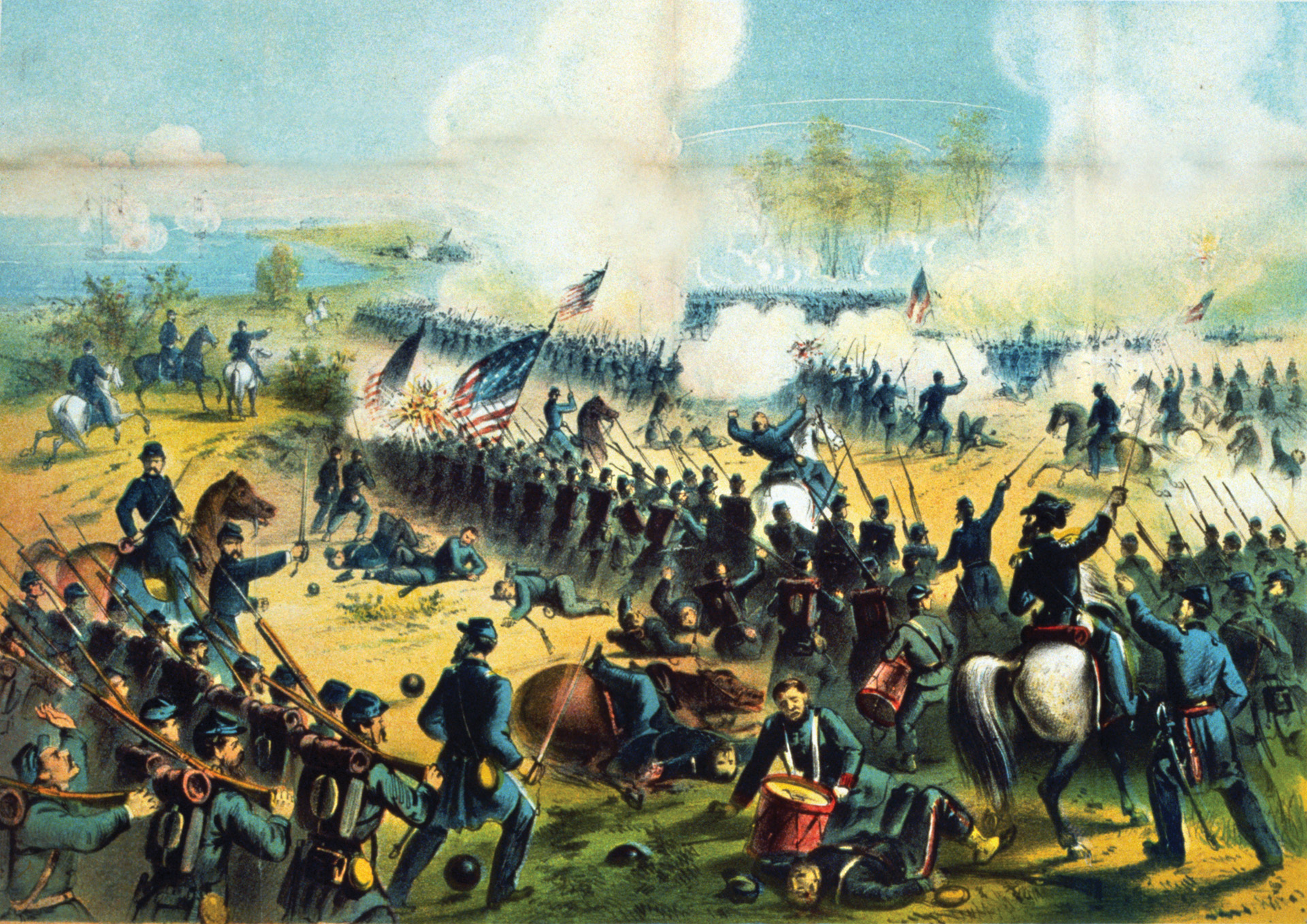
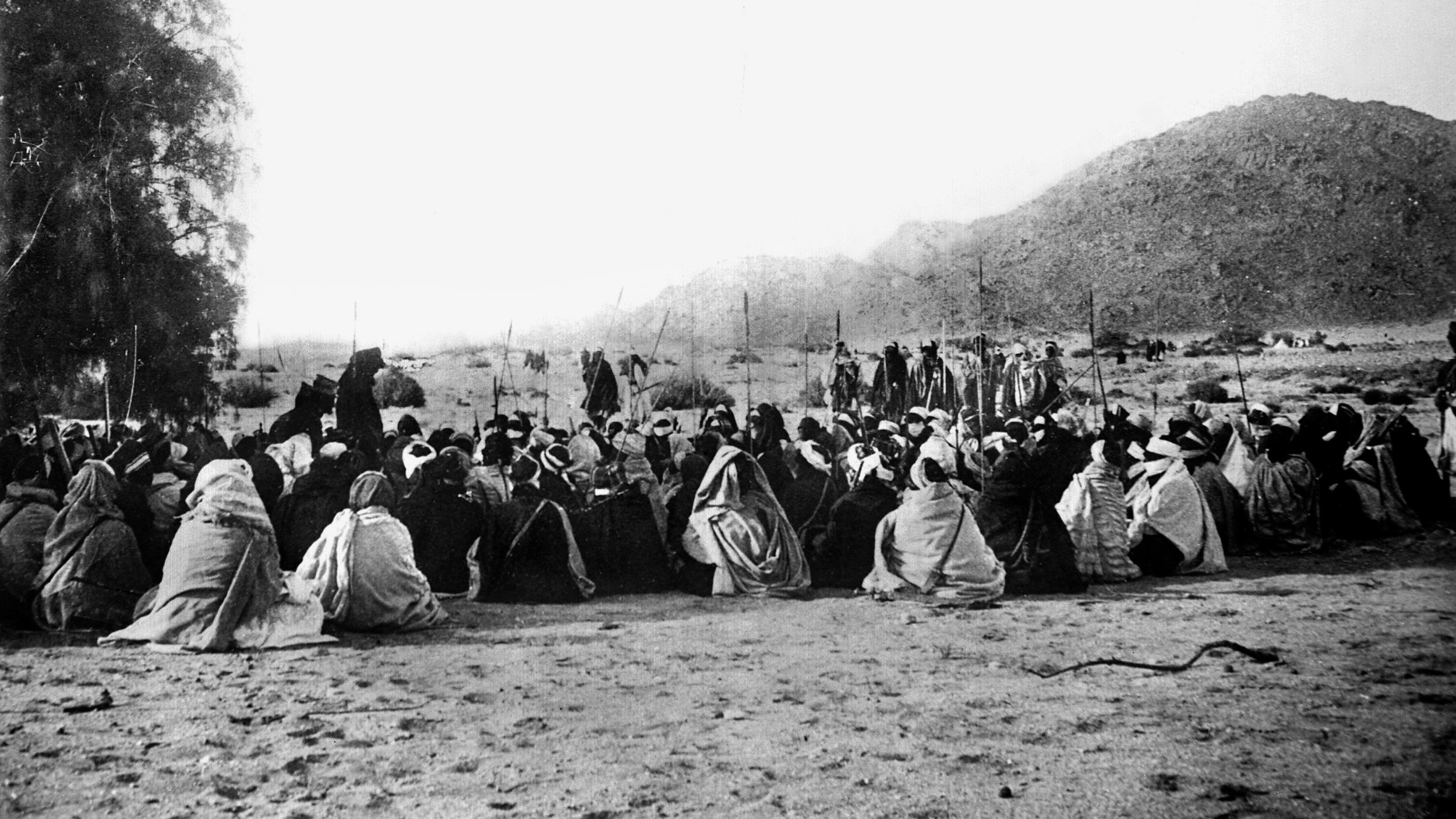
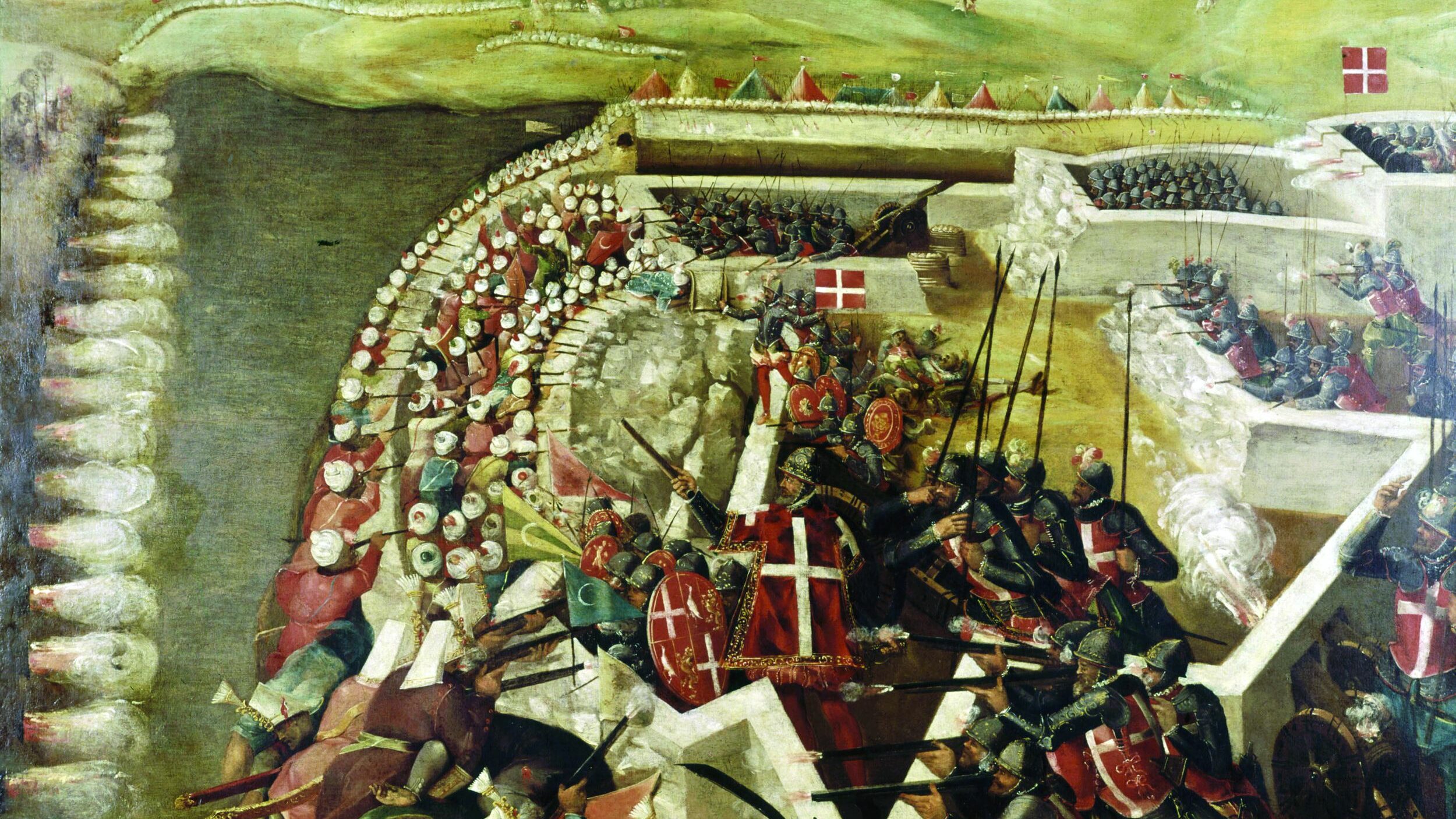
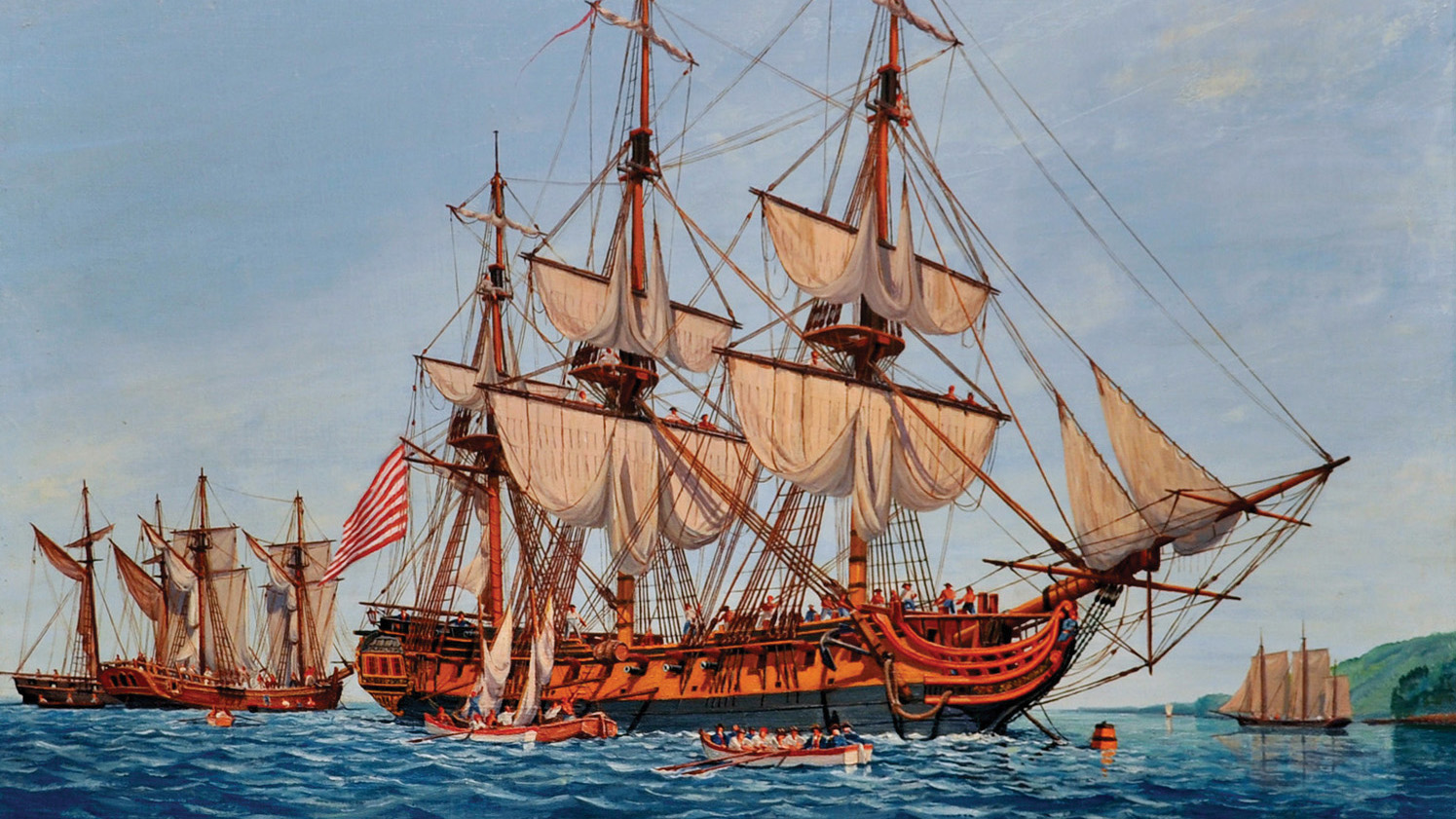
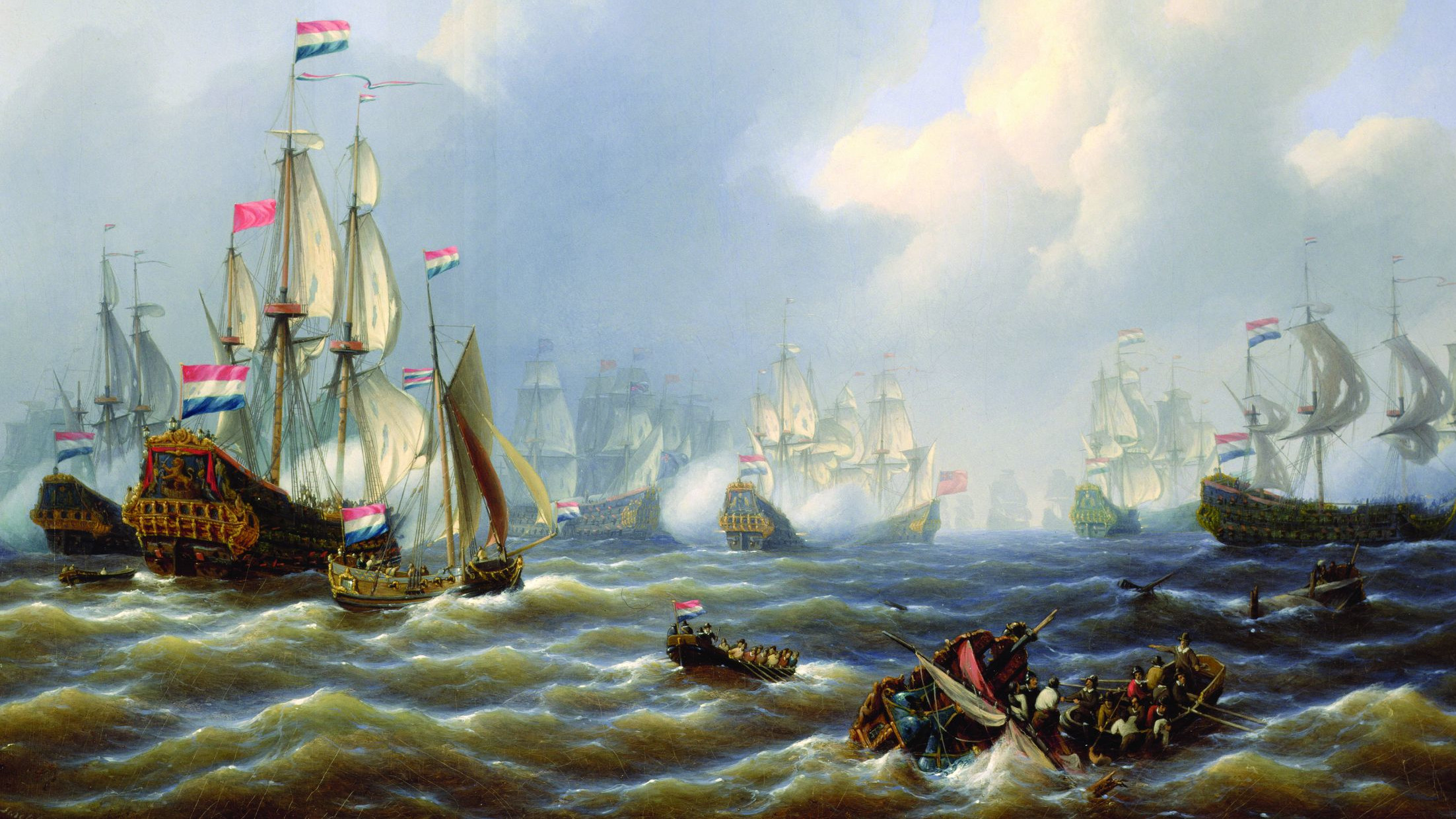

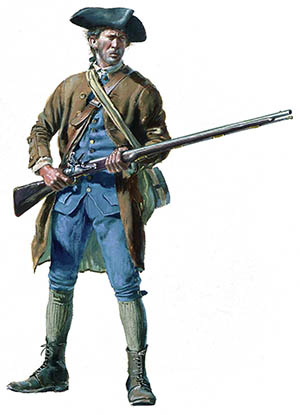
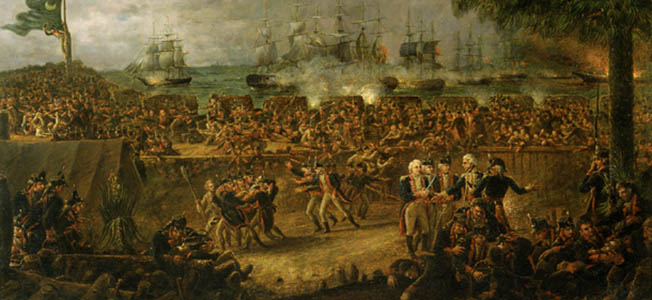
Join The Conversation
Comments